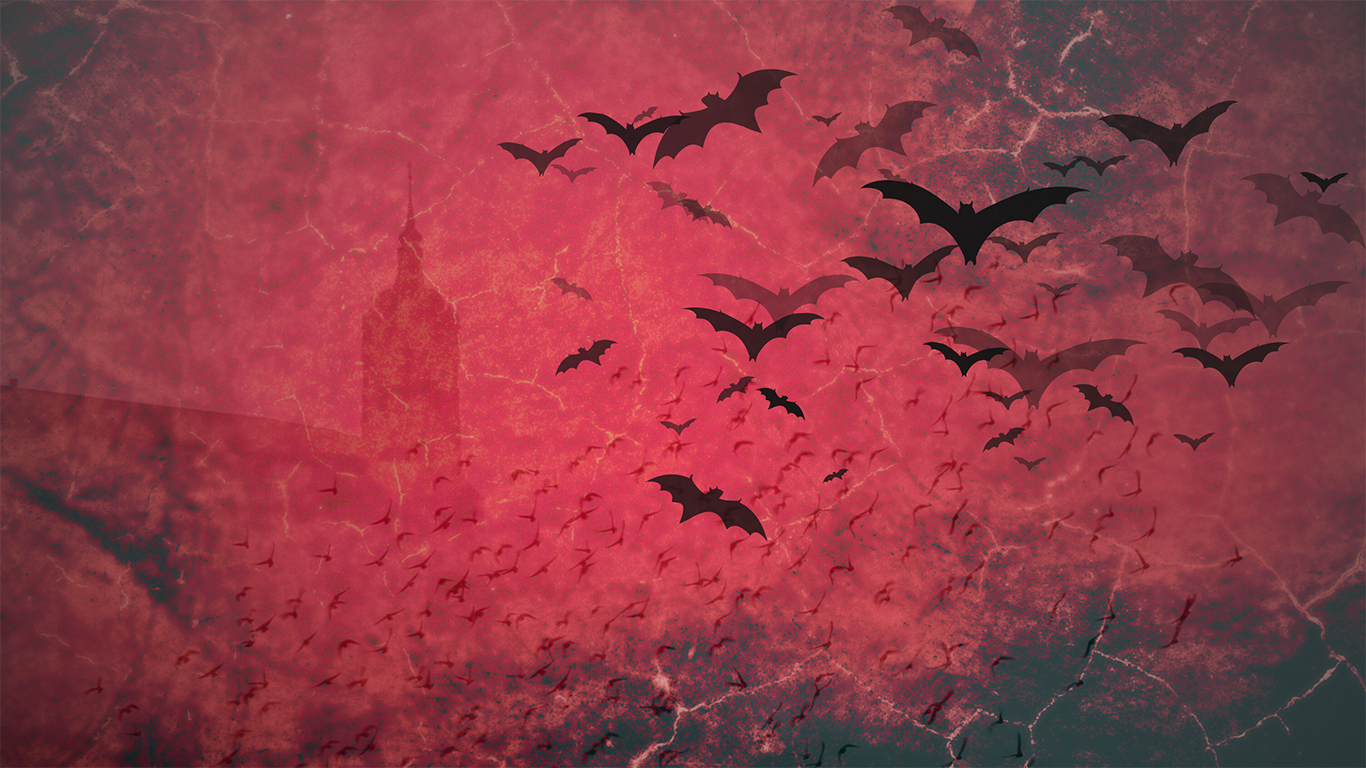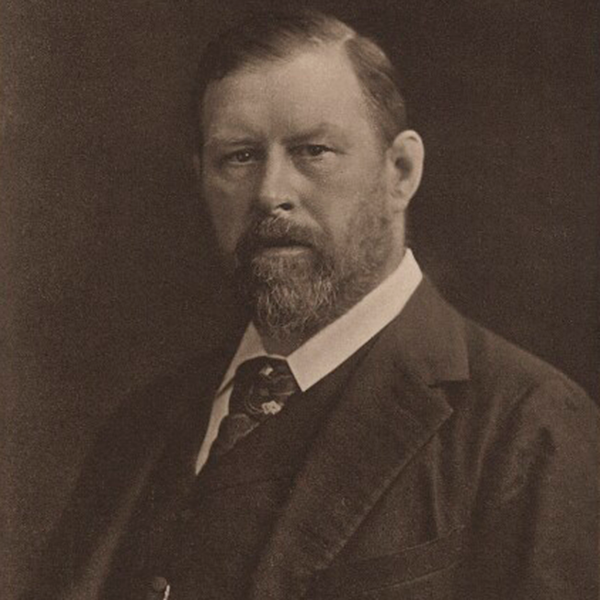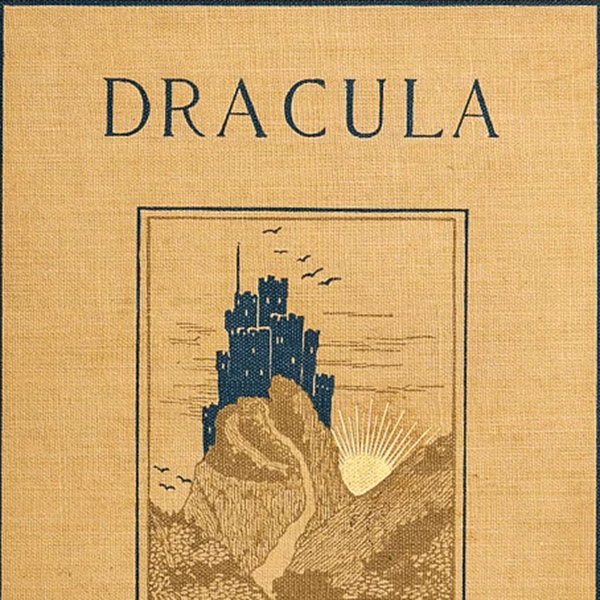
Dracula
Dracula is an 1897 Gothic horror novel by Irish author Bram Stoker.
Bram Stoker (1847-1912)
Bram Stoker was born to Charlotte and Abraham Stoker in 1847 at 15 Marino Crescent, Clontarf, Dublin. He earned a degree in Mathematics in Trinity College Dublin and, in 1870 went on to work in the Civil Service in Dublin Castle. During his time in college, Stoker worked as an unpaid theatre critic for the Dublin newspaper, The Evening Mail. A great admirer and subsequent manager of the English stage actor, Henry Irving, Stoker’s first novel The Snake’s Pass was published in 1890 which was followed in 1897 with his most enduring work, Dracula.

Dracula
Dracula is an 1897 Gothic horror novel by Irish author Bram Stoker. It is famous for introducing the character of the vampire Count Dracula. It tells the story of Dracula’s attempt to move from Transylvania to England, and the battle between Dracula and a small group of men and women led by Professor Abraham Van Helsing. Dracula has been assigned to many literary genres including vampire literature, horror fiction, the gothic novel and invasion literature. The novel touches on themes such as the role of women in Victorian culture, sexual conventions, immigration, colonialism, and post-colonialism. Although Stoker did not invent the vampire, he defined its modern form, and the novel has inspired numerous theatrical, film and television interpretations. Dracula is narrated through a series of excerpts from the diaries and letters of several of the main characters such as Jonathan Harker, Mina Harker, Lucy Westenra, John Seward and Abraham Van Helsing. These excerpts are also interspersed with newspaper cuttings and letters.

Edition
The version of Bram Stoker’s Dracula used here is the Project Gutenberg edition, published online in Aug 2013, and claiming to be a reproduction of the 1897 New York: Grosset & Dunlap edition – the U.S. edition of the 1st edition.
Other Notable Works by Stoker:
Under the Sunset (1881)
The Primrose Path (1875)
The Dualitists (1887)
The Snake’s Pass (1890)
The Shoulder of Shasta (1895)
The Watter’s Mou’ (1895)
Miss Betty (1898)
The Mystery Of The Sea (1902)
The Jewel of Seven Stars (1903)
The Man/The Gates of Life (1905)
Lady Athlyne (1908)
The Lady of the Shroud (1909)
The Lair of the White Worm (1911)
To find out more about the life of Irish author Bram Stoker, please see Paul Murray’s entry in the Dictionary of Irish Biography which can be found here.
Image Credits:
Photograph of Bram Stoker by W. & D. Downey. Photogravure, 1906. National Portrait Gallery, London. NPG X3769. Acquired, 1956. Photographs Collection. (CC BY-NC-ND 3.0) Attribution-NonCommercial-NoDerivs 3.0 Unported.
Cover of Doubleday and McClure, Dracula by Bram Stoker, 1899. Source Doubleday and McClure, First American edition.
Creative Commons: Wikimedia.

Funding
This research was conducted with the financial support of Science Foundation Ireland [12/RC/2289_P2] at Insight the SFI Research Centre for Data Analytics at University College Dublin.